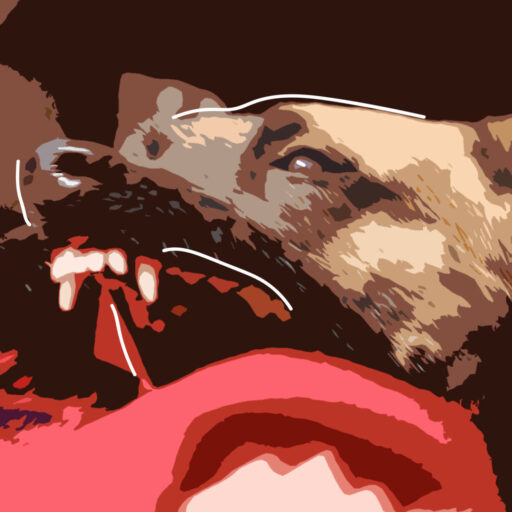Dominance Aggression
In this episode, Jerry Bradshaw discusses:
- Behavioral issues and dominance aggression.
- How failing dogs repeatedly drives up the cost of dogs.
- Avoiding confrontations.
- Tips and tricks for dealing with different types of dominance aggression.
Key Takeaways:
- Behavioral problems can take times to manifest, you likely won’t see them in the kennel environment.
- Every police dog is just a dog – they don’t have a special god status, they are just a dog.
- Forget about being alpha. Your dog doesn’t relate to you as a dog.
- Stay levelheaded when dealing with a dominant dog, don’t take it personally, reward the dog when they comply.
“Gain respect from the dog using your brain not your hands.” — Jerry Bradshaw
Get Jerry’s book Controlled Aggression on Amazon.com
Contact Jerry:
Website: controlledaggressionpodcast.com
Tarheel Canine Training: www.tarheelcanine.com
Youtube: tarheelcanine
Twitter: @tarheelcanine
Instagram: @tarheelk9
Facebook: TarheelCanineTraining
Protection Sports Website: psak9.org
Patreon: patreon.com/controlledaggression
Train Hard, train smart, be safe.
Show notes by Podcastologist Chelsea Taylor-Sturkie
Audio production by Turnkey Podcast Productions. You’re the expert. Your podcast will prove it.


